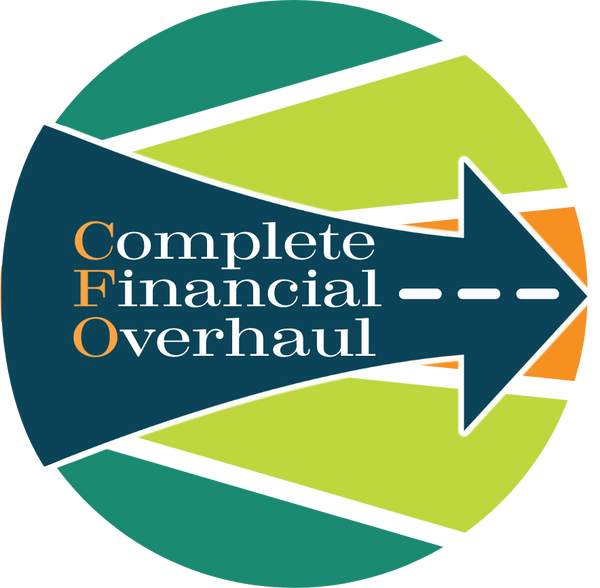Tips for Avoiding Impulse Buys at the Grocery Store
Share
Imagine walking through the grocery store as navigating a maze, with each twist and turn presenting a new temptation. Brightly colored displays, limited-time offers, and strategically placed snacks are like hidden traps, waiting to catch you off guard. But with a clear strategy, you can avoid these pitfalls and stay on the path to a successful shopping trip.
Impulse buys are like the potholes of grocery shopping—small, seemingly insignificant, but capable of throwing you off course and causing you to overspend. They’re those unplanned purchases that sneak into your cart and, by the time you reach the checkout, leave you wondering how your bill got so high. Avoiding these impulse buys is essential to keeping your budget on track and ensuring that you’re spending your money on what really matters.
The first step in avoiding impulse buys is to make a plan before you enter the store. Your grocery list is your map through the maze, guiding you straight to the items you need without getting sidetracked. It’s like having a treasure map that leads you directly to the goal, bypassing the distractions along the way. When you stick to your list, you’re like a seasoned explorer who knows the best route through the jungle of temptations.
Another powerful tactic is to set a time limit for your shopping trip. It’s like setting a timer on a challenge—if you know you only have 30 minutes to complete your shopping, you’re less likely to wander down aisles that aren’t on your list. The faster you shop, the fewer opportunities there are to fall into the trap of impulse buys. Think of it as a race against the clock where the prize is a lower grocery bill.
Using cash instead of a card is another effective strategy. It’s like going on a mission with limited resources—you have to make each dollar count. When you bring only the amount of cash you need, you’re limiting your spending power, much like a warrior who carefully selects their weapons before heading into battle. Once the cash is gone, your shopping trip is over, which helps prevent those last-minute, unnecessary purchases.
If you find yourself tempted by something not on your list, give yourself a moment to pause and reflect. It’s like taking a step back before making a critical decision in a game—you need to consider whether that item is really worth the extra cost, or if it’s just an impulse. Often, the urge will pass, and you’ll be glad you didn’t give in. This cooling-off period allows you to regain control and make decisions that align with your financial goals.
Another strategy is to avoid shopping when you’re hungry or stressed. It’s like trying to solve a complex puzzle when you’re tired—your judgment isn’t as sharp, and you’re more likely to make mistakes. Shopping on an empty stomach makes everything look more tempting, from the candy at the checkout to the pre-made meals in the deli. By eating before you shop, you reduce the likelihood of impulse buys driven by hunger.
Finally, keep your financial goals in mind as you shop. Every impulse buy is a step away from those goals, like taking a detour on a journey that delays your arrival at the destination. Remind yourself of what you’re working toward—whether it’s saving for a vacation, paying off debt, or simply sticking to your budget—and use that motivation to stay focused.
Avoiding impulse buys is all about staying focused and disciplined. It’s like navigating through a maze with a clear goal in mind—you want to reach the end with your budget intact and no regrets about unnecessary purchases. By mastering this skill, you’ll find that grocery shopping becomes more about making smart choices and less about battling temptations, leading to better financial outcomes and greater peace of mind.
